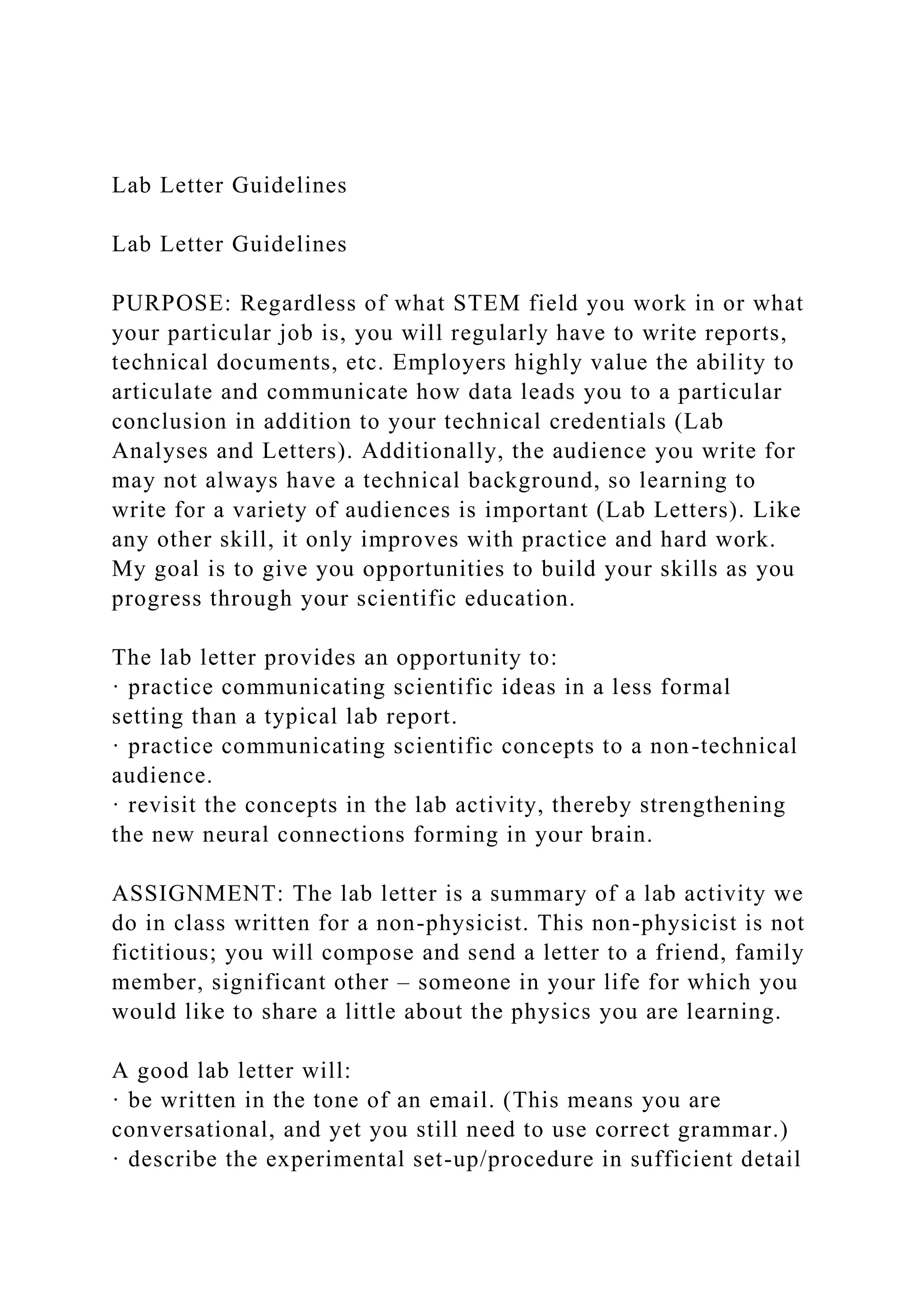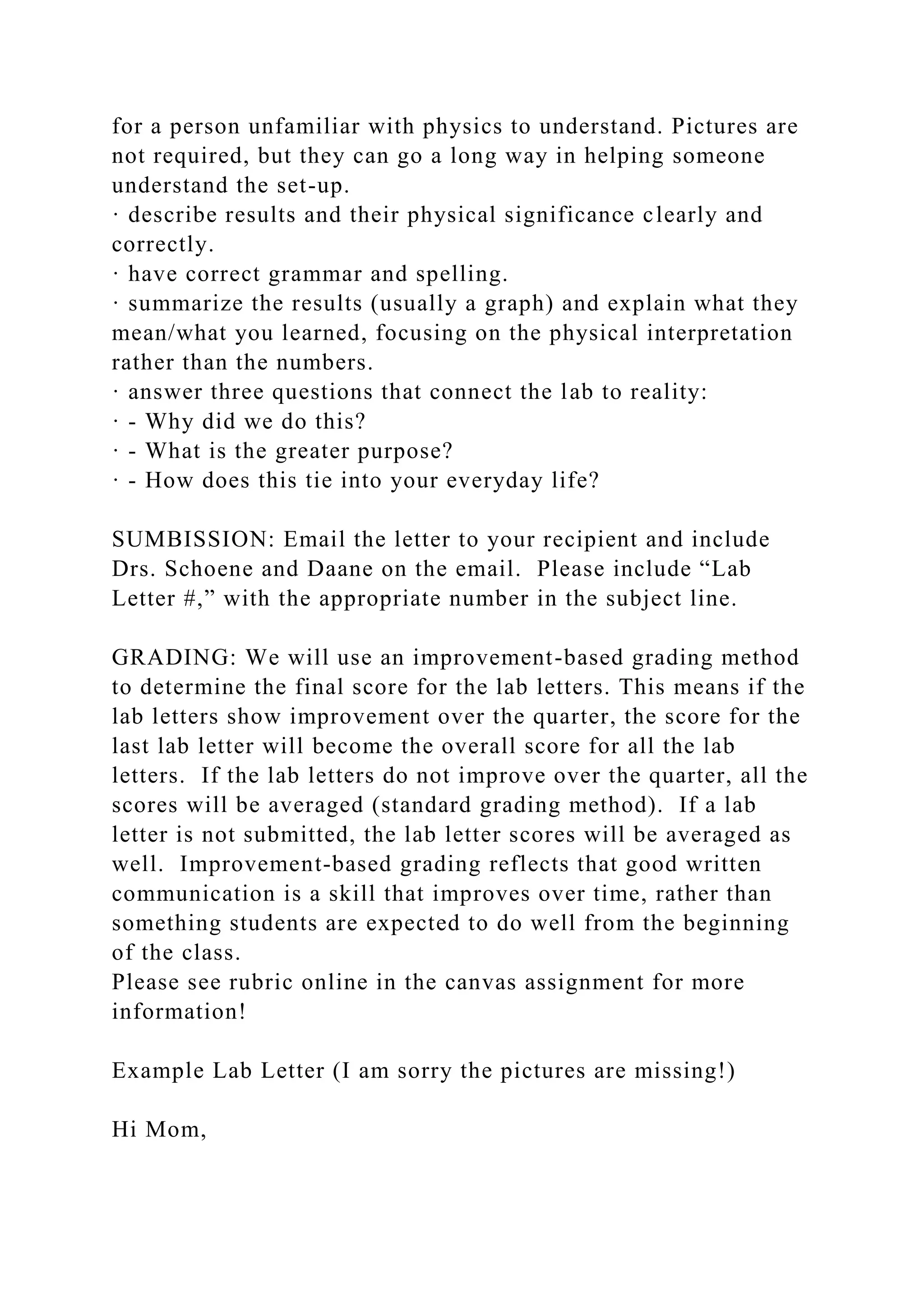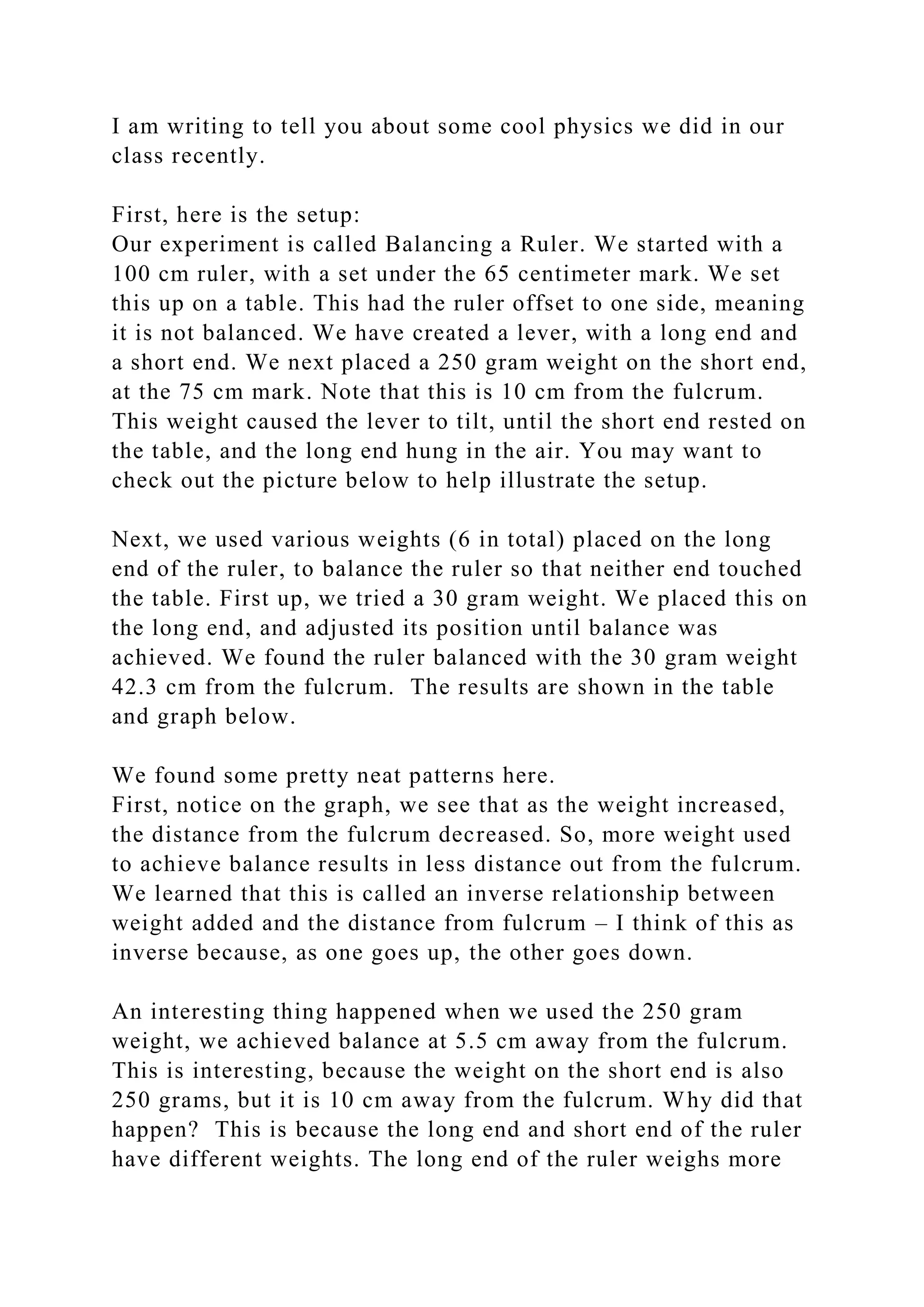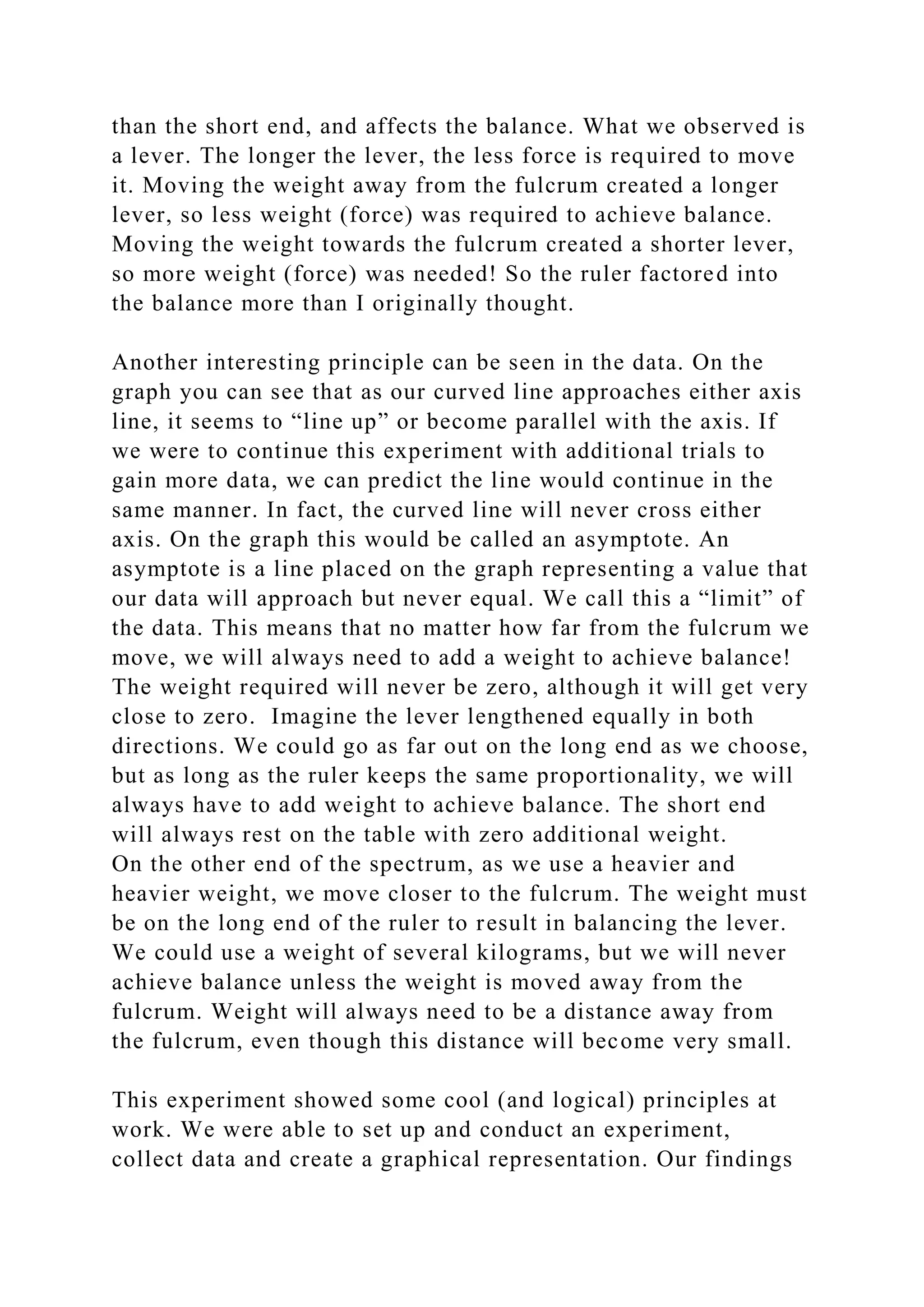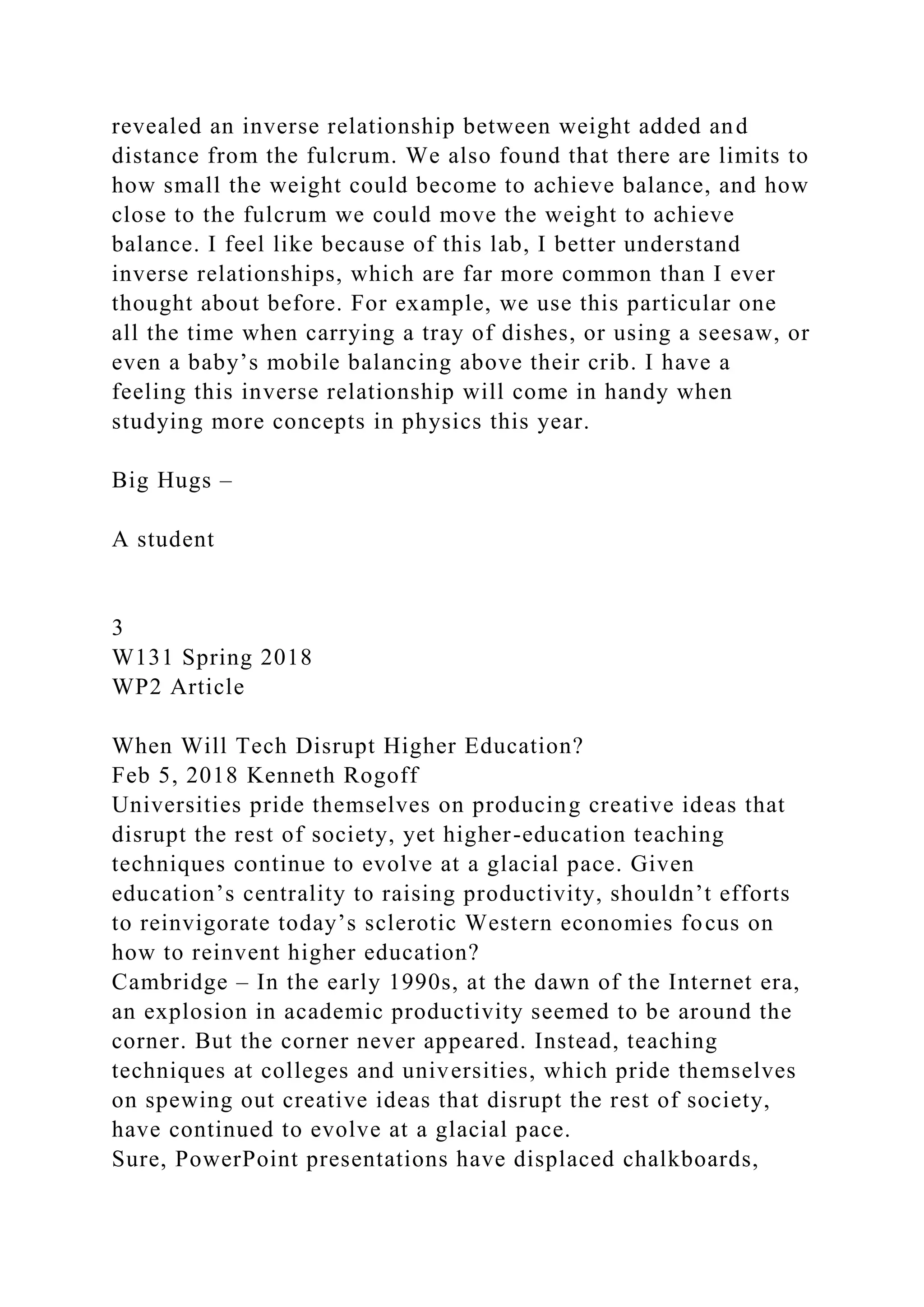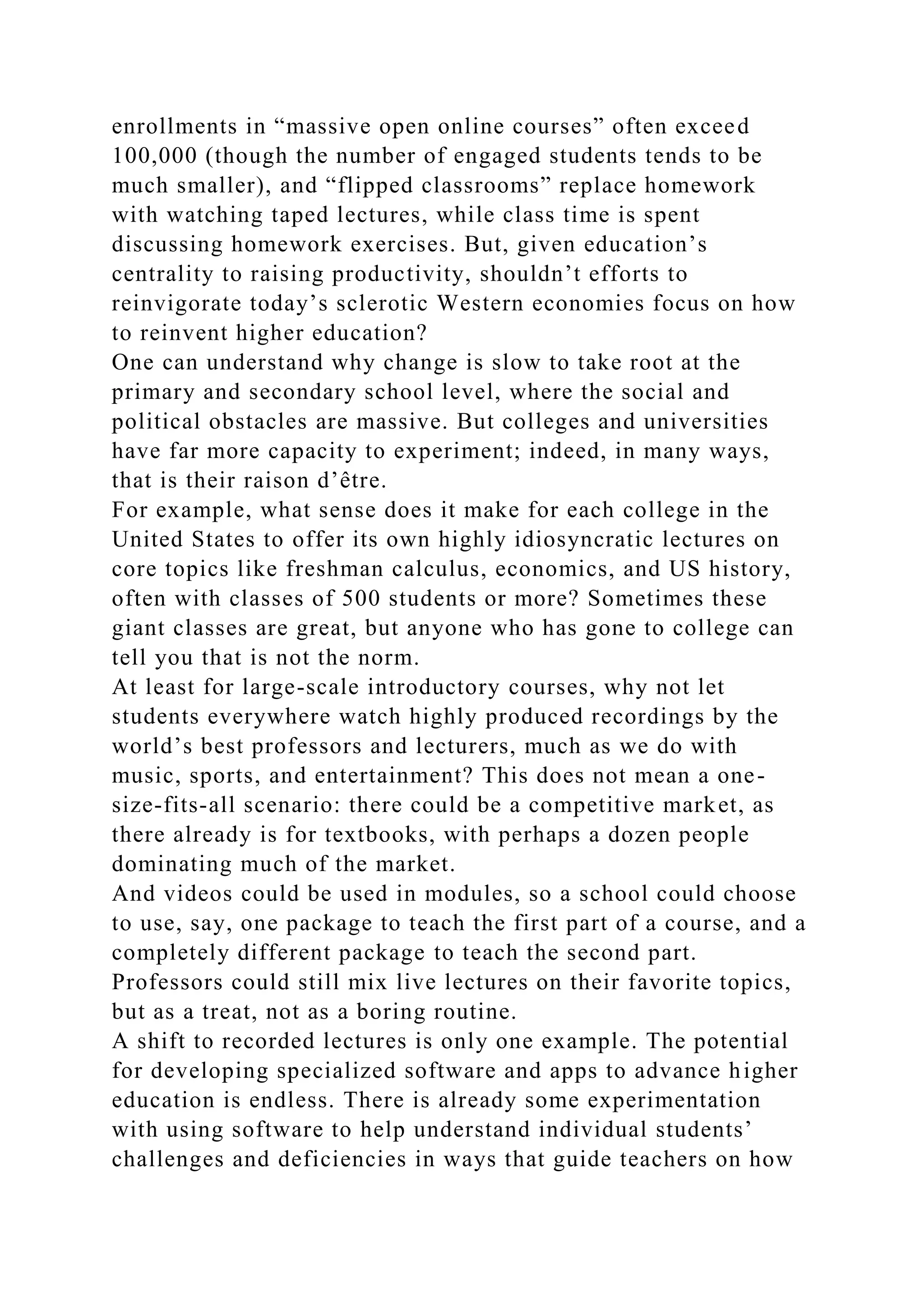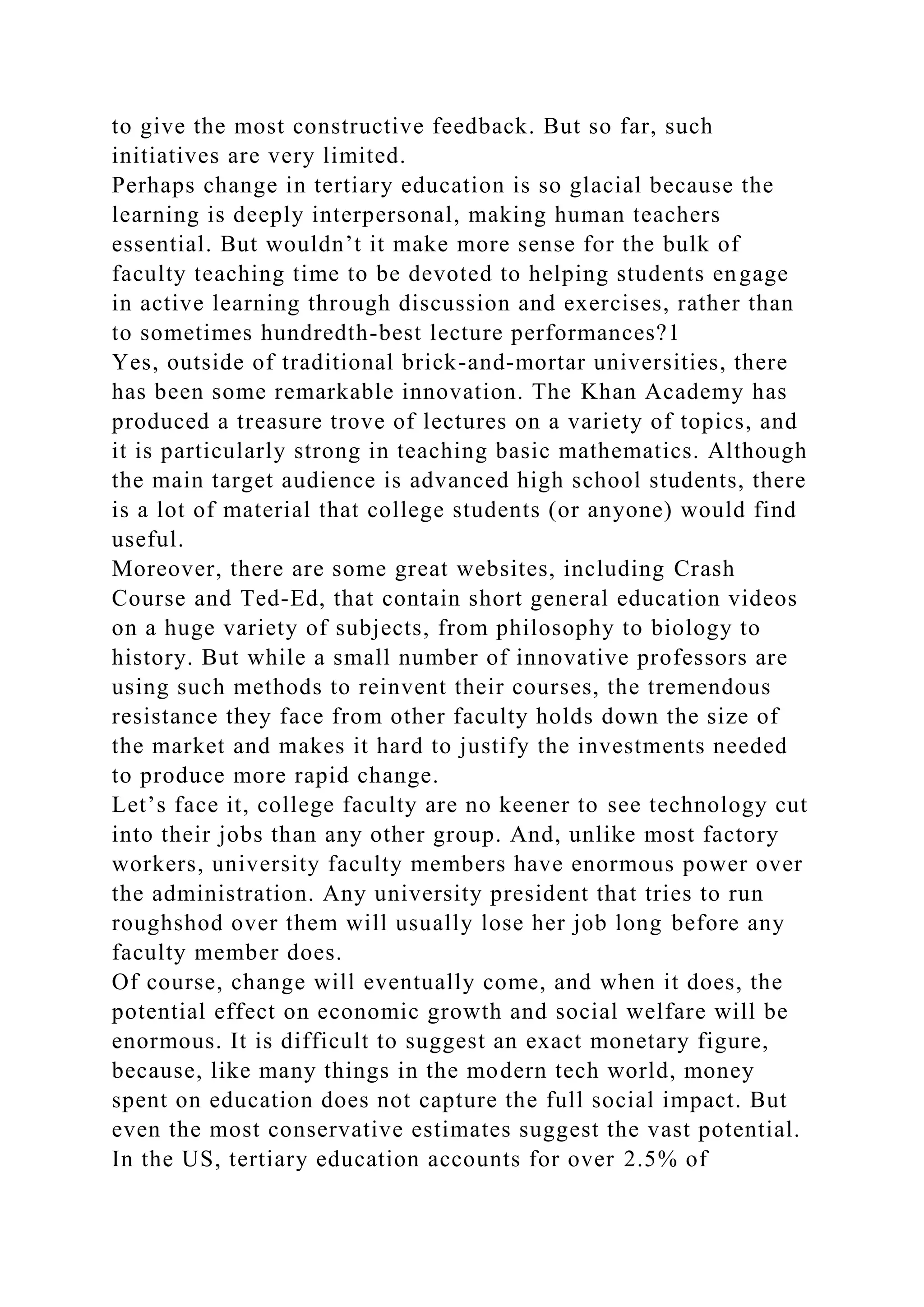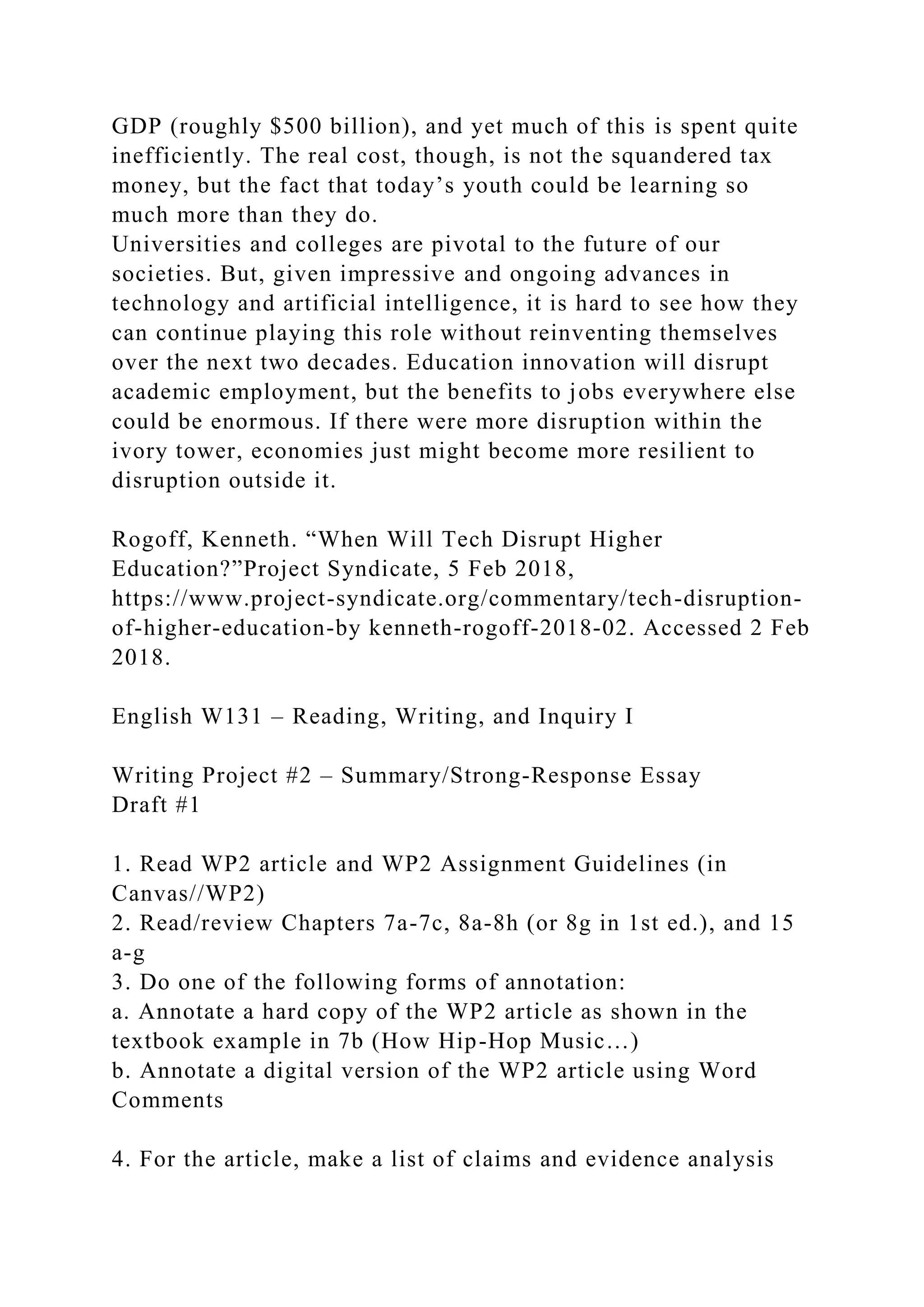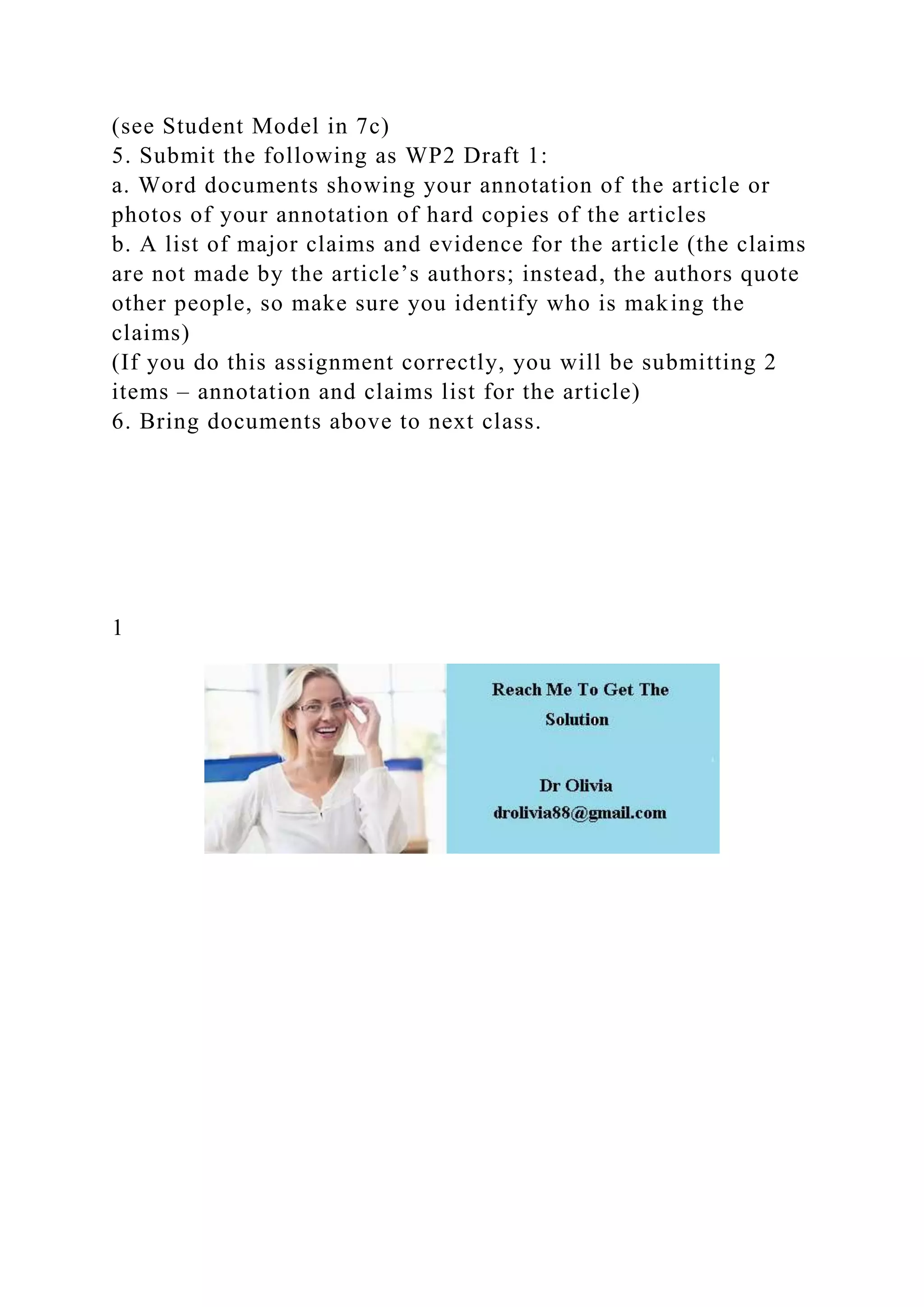The document provides guidelines for writing lab letters aimed at non-technical audiences, emphasizing the importance of communicating scientific concepts in an accessible and engaging way. It outlines the requirements for a successful lab letter, including a conversational tone and clear presentation of experimental setups, results, and their significance. Grading is based on improvement over time, reflecting the value of developing strong written communication skills throughout the course.
